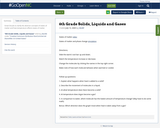
Great Visuals to clarify the abstract concepts of states of matter and how temperature affects states of matter.
- Subject:
- Science
- Material Type:
- Diagram/Illustration
- Simulation
- Date Added:
- 07/13/2020

Great Visuals to clarify the abstract concepts of states of matter and how temperature affects states of matter.
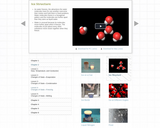
This resource is an animation on ice structure that accompanies the lesson plan, "Changing State - Freezing."
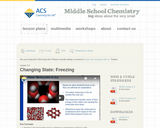
Students will mix ice and salt in a metal can to make it very cold. They will see the liquid water and ice form on the outside of the can. Students will watch an animation of water molecules arranged as ice.
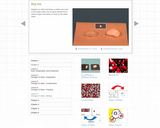
This resource is a video that shows the difference in melting rates between a regular ice cube and a piece of dry ice. The video accompanies the lesson plan, "Changing State: Melting."

This resource is a video that compares the reaction when dry ice is placed in cold versus hot water. The video accompanies the lesson plan, "Changing State: Melting."
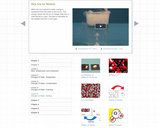
This resource is a video that shows what happens when a piece of dry ice is placed in water. The video accompanies the lesson plan, "Changing State: Melting."
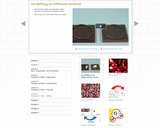
This resource is a video that compares the rate of melting when ice cubes are placed on aluminum and foam surfaces. The video accompanies the lesson plan, "Changing State: Melting."
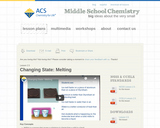
Students will see a small piece of ice melt on an aluminum surface. Students will explain the energy transfer and molecular motion which cause the change in state from a solid to a liquid.
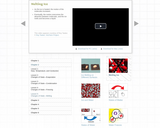
This resource is an animation that accompanies the lesson plan, "Changing State: Melting."
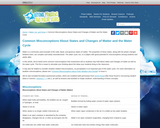
This article lists common misconceptions about states and changes of matter and the water cycle. It provides formative assessment probes and information about teaching for conceptual change.

This expository article, written for students in grades 4-5, explains why ice floats and how this is essential to life on earth. Modified versions are available for younger students.

This is lesson one of the unit Weather Trackers (http://www.beaconlearningcenter.com/unitplan/11468.htm). Students learn by observation and hands-on activities the act of water changing state from a solid to a liquid to a gas.
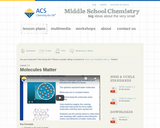
Students will describe their observations of water on the molecular level using the idea that water is composed of tiny molecules that are attached to one another. Students will investigate a drop of water hanging from a dropper and drops of water beading up on wax paper.

This is the second lesson in the unit Weather Trackers (http://www.beaconlearningcenter.com/unitplan/11468.htm). Students have the opportunity to work in groups to draw the rain cycle and make their own "movie" using a large cardboard milk carton and heavy white paper. Students are assessed on their ability to identify the pattern of the rain cycle and to sequence the events in order. Emphasis is placed on the Sun being the source of heat that drives the cycle.

Through this lesson, students will understand the relationship among the Sun, heat energy, evaporation, and condensation.

Great Visuals to clarify the abstract concepts of states of matter and how temperature affects states of matter.
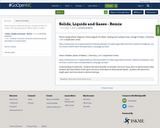
Great Visuals to clarify the abstract concepts of states of matter and how temperature affects states of matter.
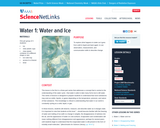
In this lesson, students will observe, measure, and describe water as it changes state. Students will work in pairs to use writing and illustrations to record their observations of ice melting to water and water freezing to ice.
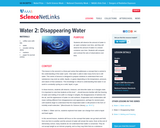
In this lesson, students will observe, measure, and describe water as it changes state. Students will investigate evaporation rates by measuring the water levels in open and closed containers over time.
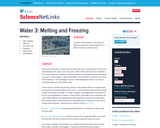
In this lesson, students will observe, measure, and describe water, chocolate, and margarine as they change state. Students will make observations about the amounts of these materials before and after freezing and melting.